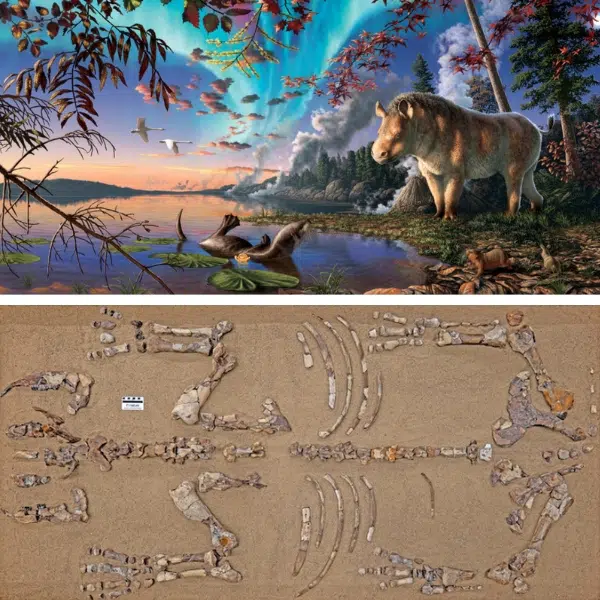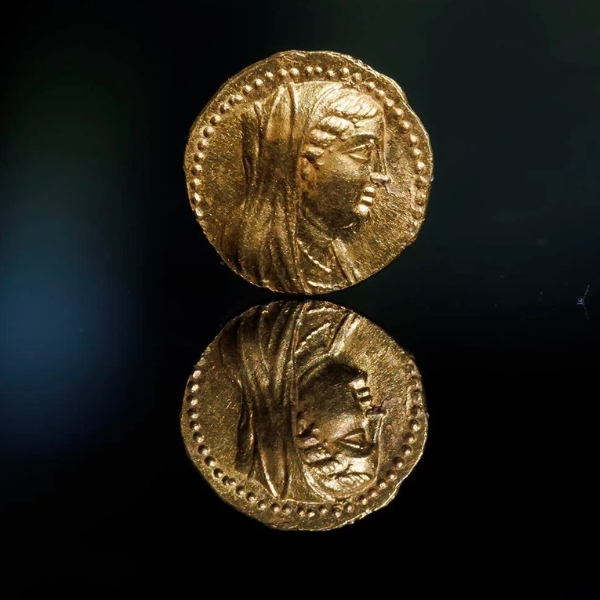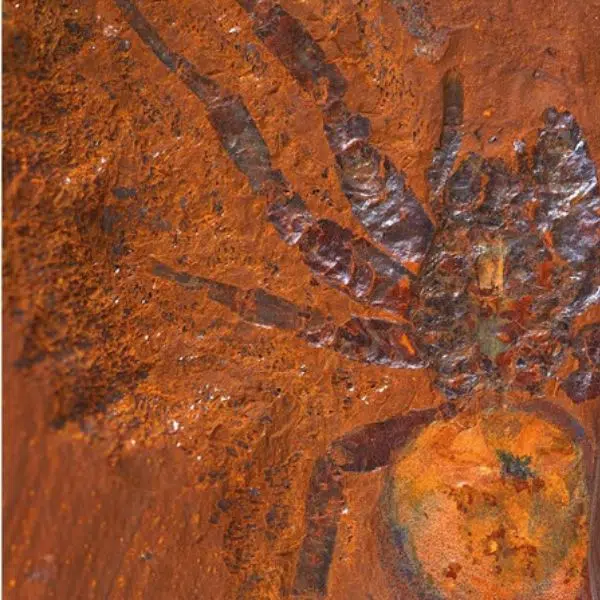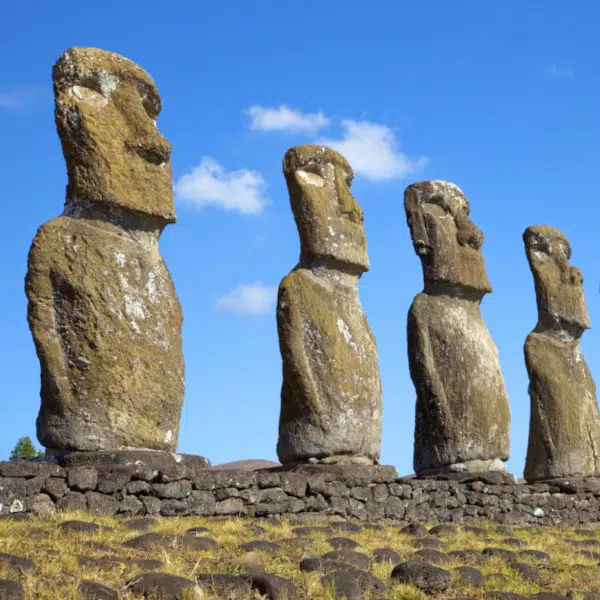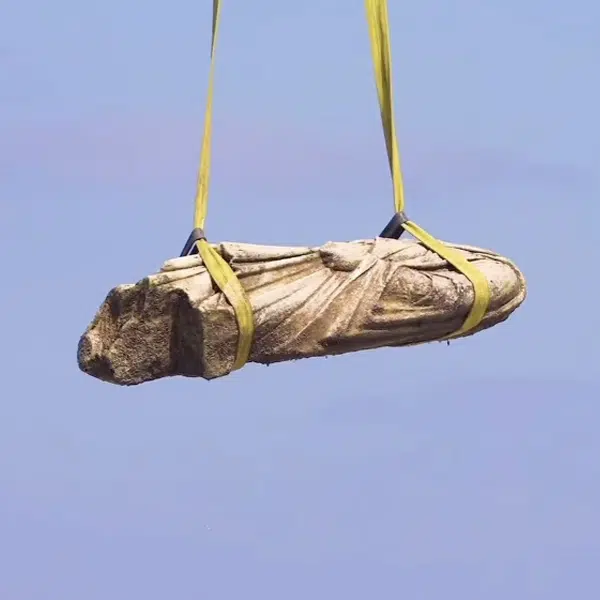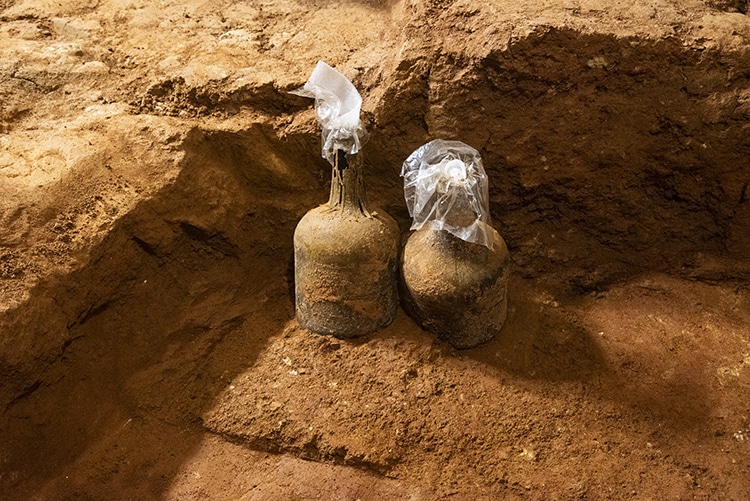
Photo: Mount Vernon Ladies’ Association
When archeologists start rooting around at historical sites, there's no telling what they might find. Among the most fascinating, instructive discoveries are ephemeral items that have somehow managed to stand the test of time and decay. These include the tragic casts of ancient Romans buried under the ash of Pompeii and preserved snacks discovered beneath the Roman Colosseum. Other times, it's uncovering a scrap of tartan fabric in a Scottish peat bog. These fragile materials can tell us so much about food, clothing, and culture in other time periods. Recently, two buried glass bottles full of cherries preserved in liquid were discovered at Mount Vernon, George Washington's famous home in Virginia. Archeologists are excited to learn what they can from the bottles and their contents.
The bottles were unearthed during a massive Mansion Revitalization Project that seeks to stabilize and preserve the house and grounds. Made in Europe of dark green glass, the two imported bottles were nestled into the dirt. Their style and shape date them to roughly 1750, although there is speculation that they were buried before the 1770s when the floor above their hiding spot was added. The bottles shockingly still contained liquid contents. Inside float cherry stems, and pits and the archeologists said the contents still smelled like cherries.
Immediately sent for preservation, the liquid contents were removed to protect the glass, which was now exposed to the air for the first time in over two centuries. Mount Vernon Principal Archaeologist Jason Boroughs announced in a statement, “This incredible discovery at Mount Vernon is a significant archaeological find. Not only did we recover intact, sealed bottles, but they contained organic material that can provide us with valuable insight and perspective into 18th-century lives at Mount Vernon. These bottles have the potential to enrich the historic narrative, and we’re excited to have the contents analyzed so we can share this discovery with fellow researchers and the visiting public.”
Virginia is known for its cherry blossoms, and George Washington was long known for a story about chopping down a cherry tree. The story, now known to be a fabrication, does at least reflect the importance of cherries in the culture of Virginia. “There are 18th-century accounts that talk about proper ways of preserving fruits and vegetables,” Borough explained to the Washington Post. “One of the most common, especially for berries, is to dry them as much as possible . . . put them in a dry bottle, cork it . . . and then bury them.”
These bottles full of cherries are not just evidence of the culinary tastes of the 18th century but also reminders of the enslaved people who lived and labored on plantations such as Mount Vernon. George Washington, America's first president, enslaved many individuals over the course of his life—before, during, and after the presidency.
At his death, Mount Vernon counted 317 enslaved people among its inhabitants. Washington himself owned 123, and the rest were part of his wife's first husband's estate. Historians have dissected Washington's (and other slaveholding contemporaries, including future presidents') views on the horrific practice, and the first president actively exerted his power and control over enslaved workers.
Erin Blakemore for History.com writes, “He whipped, beat, and separated people from their families as punishment. Washington also relentlessly pursued escaped slaves and circumvented laws that would allow his enslaved workers freedom if they did manage to escape to neighboring states.” The preserved cherries‚ almost certainly picked and bottled by now unknown enslaved hands—are more than just a culinary memory, they are evidence of an economy based on unfree labor during a time when freedom (for some) was becoming the rallying call of a nascent nation.
Bottled cherries discovered in 18th-century bottles and buried under Mount Vernon's floors were recently discovered.
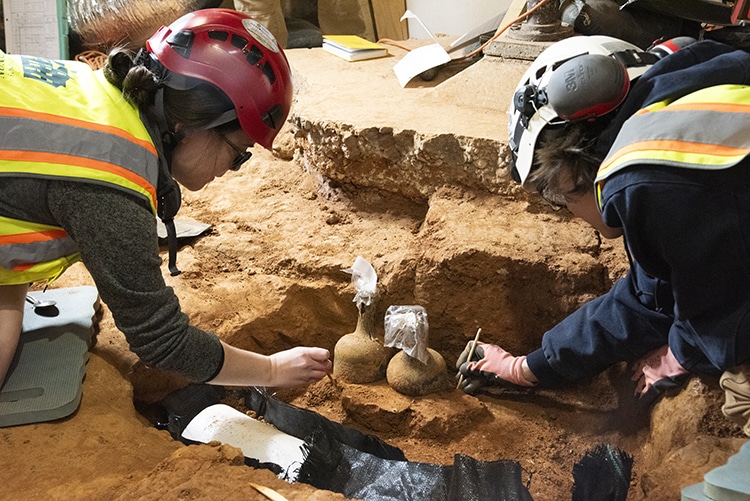
Photo: Mount Vernon Ladies’ Association
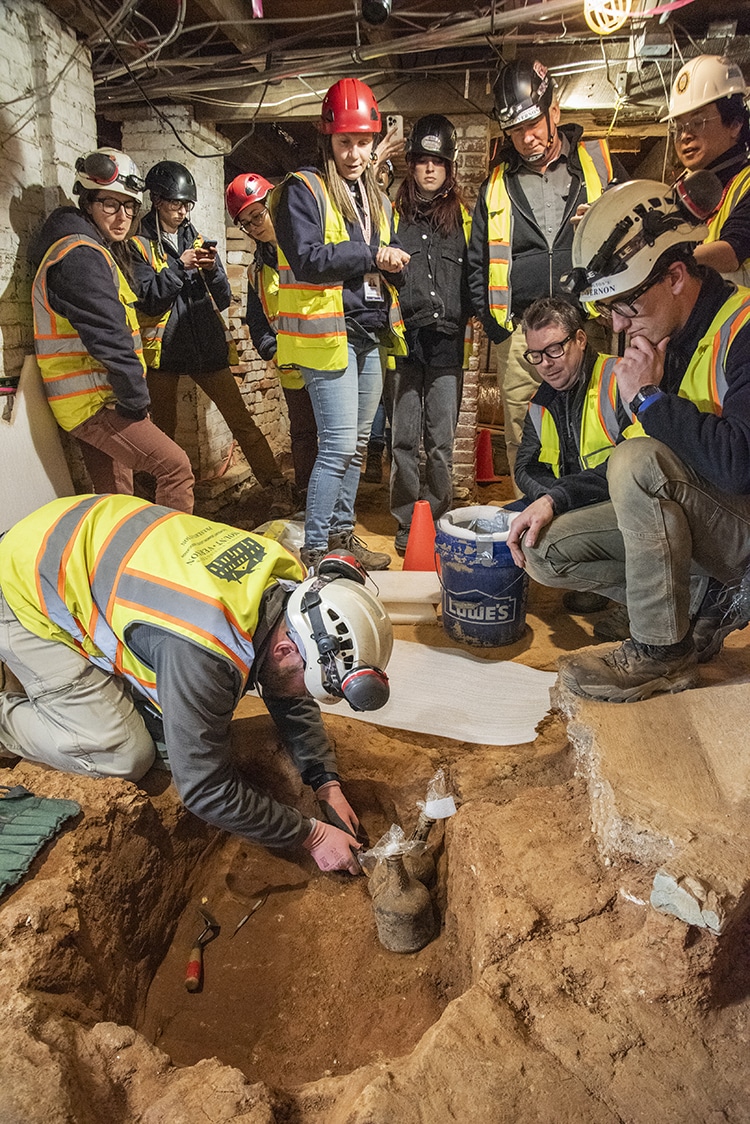
Photo: Mount Vernon Ladies’ Association
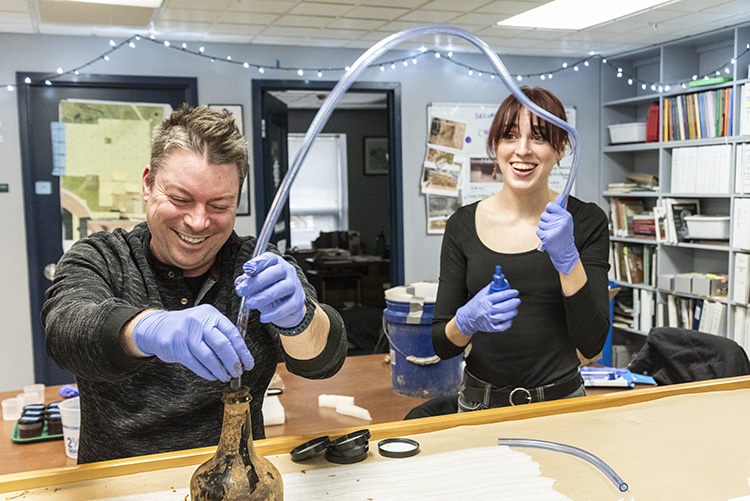
Photo: Mount Vernon Ladies’ Association
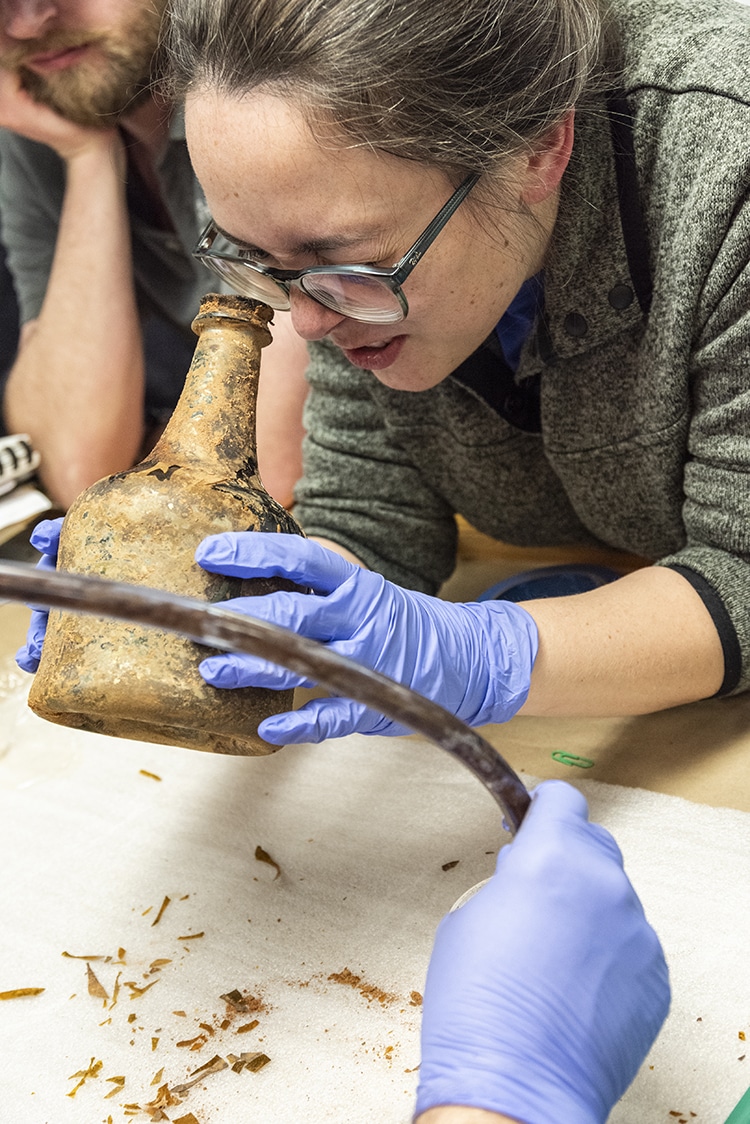
Photo: Mount Vernon Ladies’ Association
While excavating in George Washington's cellar during Mansion Revitalization, Mount Vernon archaeologists discovered two intact sealed bottles containing cherries preserved within a liquid content.
Learn more: https://t.co/spFefzP3hM@washingtonpost: https://t.co/wgir1qOvQS pic.twitter.com/45Z9cxlfnS
— Mount Vernon (@MountVernon) April 23, 2024
h/t: [Smithsonian Magazine]
Related Articles:
Incredibly Rare Ceramic Head Helps Uncover Previously Unknown Roman Settlement in Britain
17th-Century Silver Thimble With Romantic Inscription Is Discovered in Wales
New Well-Preserved Paintings Discovered at Pompeii Amid Ongoing Excavations
How American Benjamin West Became London’s Preeminent Painter During the American Revolution













































































